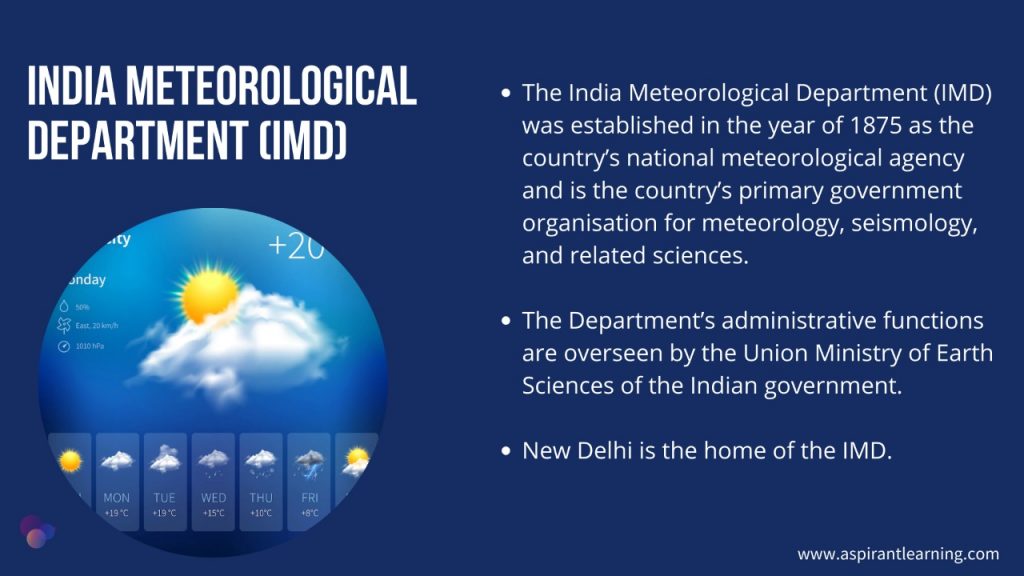News highlights:
Delhi and other parts of northwest India have recorded cold wave conditions for five consecutive days so far this month, making it the longest such spell in a decade.
Key takeaway:
The lowest minimum temperature recorded this month was 1.9 degrees Celsius on January 8, the second-lowest minimum temperature in January in 15 years.

What is a cold wave?
- About:
- A Cold Wave is defined as a sudden fall in temperature in the same region and date as compared to its normal temperatures for previous years.
- Condition for Cold wave:
- The IMD marks a cold wave in terms of minimum temperatures – when the minimum temperature in the plains is 4 degrees or less or when the minimum temperature is less than 10 degrees and 4.5 to 6.4 degrees below the normal.
- The criterion for hills is that they must be 0 degrees Celsius.
- A severe cold wave occurs in the plains when the temperature falls below 6.4 degrees Celsius or below 2 degrees Celsius.
- Consequences:
- Death and/or injury to livestock/wildlife
- Increase in caloric demand of the body
- Hypothermia in Human Beings
- Crop failure or death of plants
Major factors contributing Cold waves in India:
- Absence of Clouds:
- Some of the outbound infrared radiation is trapped by clouds, which then radiates it downwards, heating up the ground.
- In the absence of a thick cloud cover, the radiation escapes the atmosphere thereby reducing the surface temperature of the earth in that region.
- Snowfall in the Himalayas:
- Snowfall in the Himalayas’ upper reaches brings chilly winds to the region.
- Snowfall puts the surrounding area in minimum temperatures.
- Subsidence:
- The flow of cold or dry air near the surface is known as subsidence.
- La Nina:
- Ongoing weaker La Nina phenomenon in the Pacific Ocean.
- La Nina is characterised by unusually cool ocean surface temperatures along the equatorial Pacific Ocean, which is considered to favour cold waves.
- The intensity of cold circumstances increases during La Nina years. The frequency of chilly waves increases, as does the region affected.
- Western Disturbance:
- It is an extra-tropical storm that originates in the Mediterranean area and provides sudden winter rainfall to India’s northern states.
- The western disturbance usually leads to a sharp fall in temperature due to flowing wind as well as rainfall.
Core Cold Wave Zone:
- About:
- Core Cold Wave Zone is a zone which frequently witnesses cold waves from time to time.
- Core Cold Wave Zone in India:
- India’s ‘core cold wave zone’ covers Punjab, Himachal Pradesh, Uttarakhand, Delhi, Haryana, Rajasthan, Uttar Pradesh, Gujarat, Madhya Pradesh, Chhattisgarh, Bihar, Jharkhand, West Bengal, Odisha and Telangana.
Pic Courtesy: Freepik
Content Source: The Hindu
Read More…



